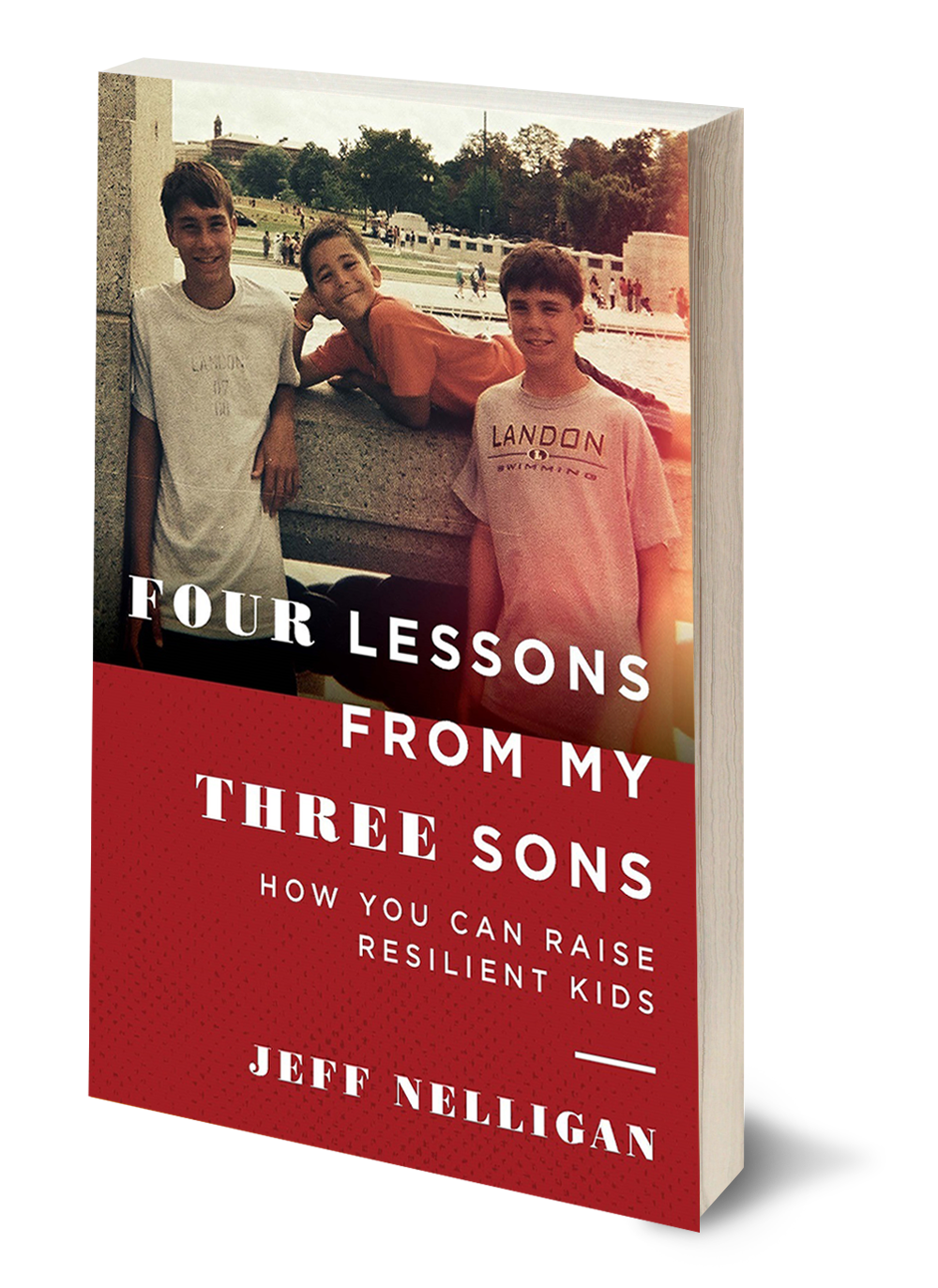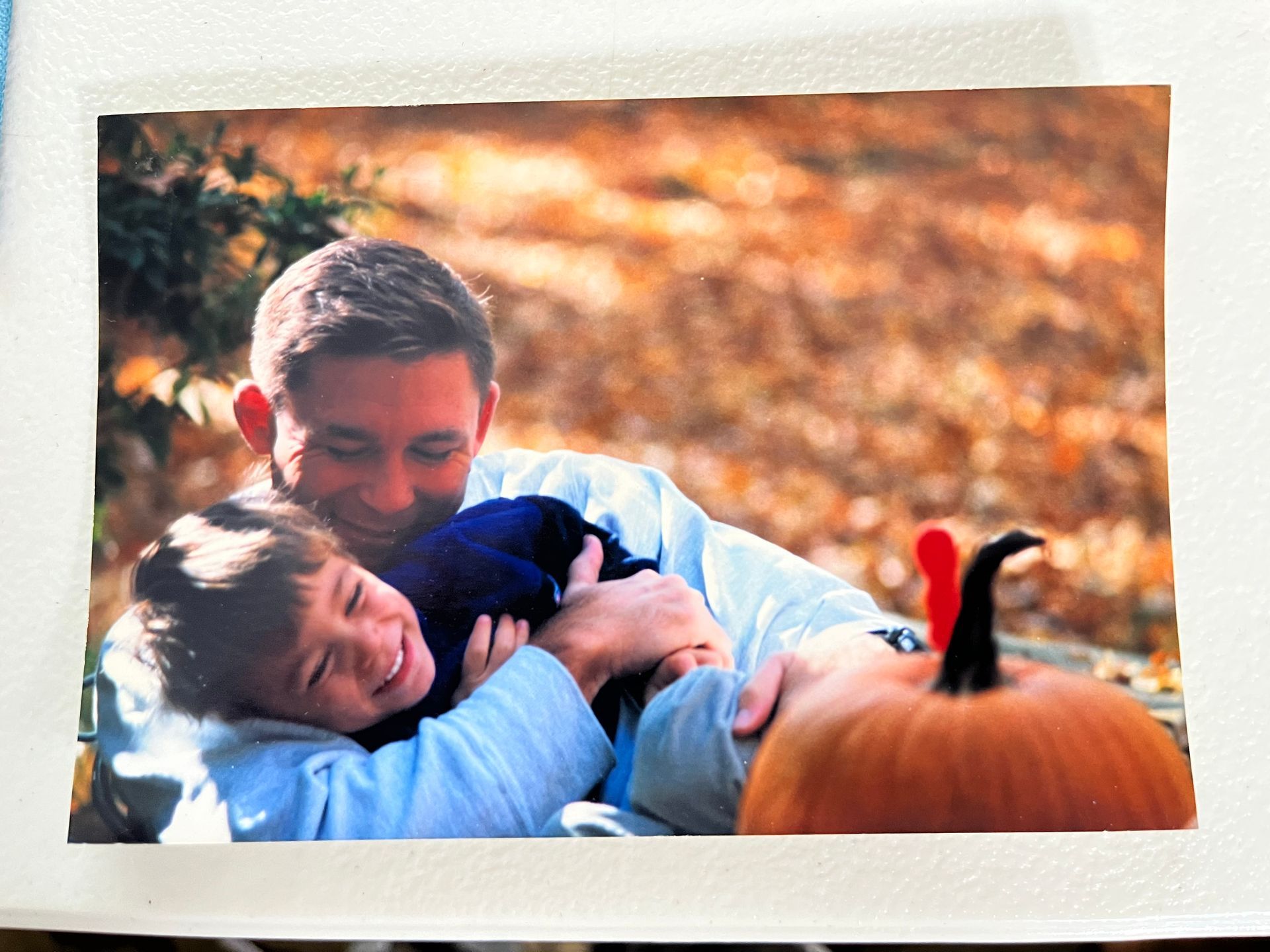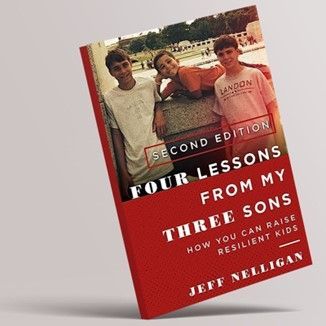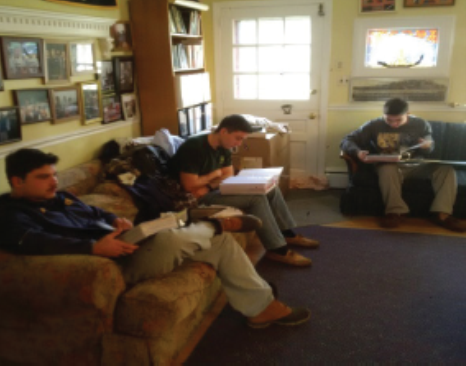18 years on Saturday’s fields
Jeff Nelligan • July 31, 2019
This autumn Saturday, more than 3,400 NCAA football, soccer and rugby teams will meet on fields throughout the nation. More than 846,000 high school soccer players will play this week, along with an even 1 million high school football players on approximately 13,800 teams.
Factor in 2.3 million youth soccer players and 1.2 million youth footballers – and then consider the tens of millions of total spectators.
These are staggering numbers of participation and competition – there is no voluntary endeavor like it in American society today.
I know these Saturdays well. Because for the past 18 years, I’ve spent every single one of them on a field. My three sons have played on various athletic teams - nearly three seasons every year - from the ages of 4 to 22. Indeed, many weekday afternoons I attended a practice or a game or drove to one or the other; then, there were the dozens of tournaments and college recruiting camps, from Maine to Florida. In this age of big data, I recently calculated that collectively, my kids played on approximately 147 teams, attended more than 8,700 practices, and played in more than 2,300 games.
But I’m hardly alone: Three out of four American families with school-aged children have at least one playing an organized sport — a total of about 45 million kids; 61 percent of boys’ ages 6 to 12 play a team sport. It’s even higher for females at 64 percent.
Certainly athletic participation occasions the usual tropes: discipline, personal satisfaction, alertness of mind. For example, as the Women’s Sports Foundation notes, female high school athletes are 92 percent less liked to get involved with drugs, 80 percent less likely to get pregnant, and 3 times more likely to graduate than non-athletes.
But there’s a deeper benefit. As a supercharged, 4th-grade lacrosse coach once lectured me and other parents sitting in bleachers on the eve of what he called “a make-or-break” season: “Folks, this field is the only place your Johnny puts himself out there to be judged by a bunch of strangers. And half of them want him to fail.” Coach Firebreather could have been talking about almost any young person on the fields today.
And amen to that. In an age of adolescent relativism and softness, on-field competition is where Johnny succeeds or fails, and he does so in direct relation to his preparation, resilience, and teamwork. No excuses. There’s no app for grinding.
Twenty-three hundred games later, what I recall most is the adversity: My kid in the soccer goal stopping 23 shots, but allowing another eight to get by; a kid fumbling near the goal line and losing a championship game. And oh yeah, a kid never leaving the bench, even in the fourth quarter of a blowout game. Kids choked up, parents dismayed, coaches in shock, the echoes of cheers from the winning team and crowd - all of it excruciating.
But I know that the recovery from disappointments made my boys much stronger than the elation of victories. And today, I bet few of the spectators today, except for parents, have even an idea of what it takes to play on an NCAA Division I team, even a Division III squad. As the NCAA notes, “Of the nearly 8 million students currently participating in high school athletics in the United States, only 480,000 of them will compete at NCAA schools.” What the NCAA left out was that maybe one fourth of those competing will get much playing time. I know. Firsthand.
Ultimately, rewarded by grinding, one son played four years of Division-III lacrosse on a team that twice had a Top 20 ranking in the ESPN/Nike College poll; another was cut from a Division I football team and played on a club lacrosse team that won a national championship. The third is the only one to break through to D-1, playing rugby, though he will be in that “three-fourth’s” participation category.
However, this Saturday will be the first time in 18 years in which I’m not on a field somewhere, enjoying the athleticism and sweat and rugged American competition. And, yes, the adversity. That’s because exactly one-half of the millions of young people on the fields today will be on the south side of the final score.
But that doesn’t really matter. They’re out there, being judged, even if it isn’t a make-or-break season.
ABOUT THE BOOK
Every Dad in America wants to raise a resilient kid.
Four Lessons from My Three Sons charts the course.
Written by a good-natured but unyielding father, this slim volume describes how his off-beat and yet powerful forms of encouragement helped his sons obtain the assurance, strength and integrity needed to achieve personal success and satisfaction. This book isn't 300 pages of pop child psychology or a fatherhood "journey" filled with jargon and equivocation. It's tough and hard and fast. It’s about how three boys made their way to the U.S. Naval Academy, Williams, and West Point – and beyond.











